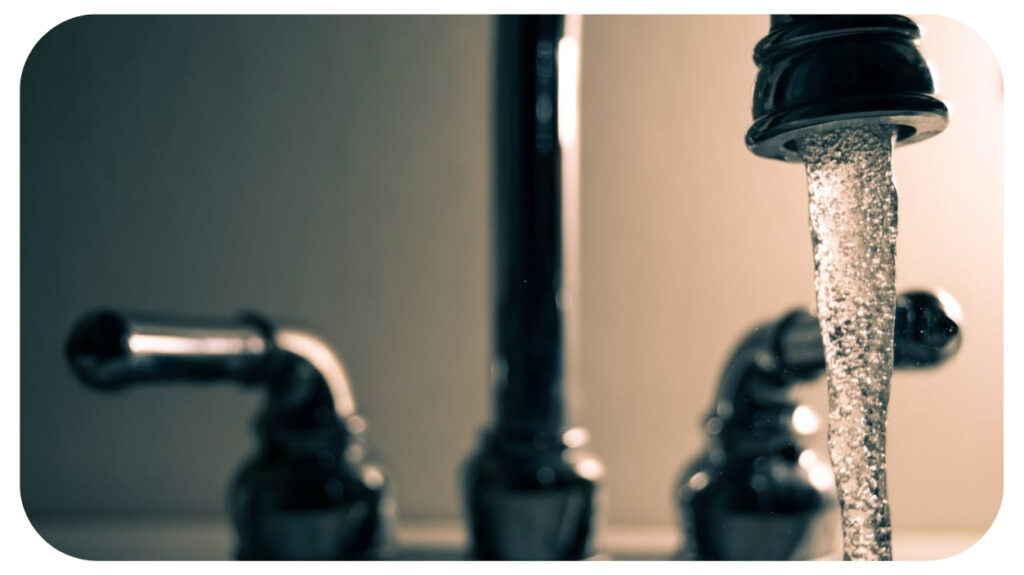Ways To Ensure Your Plumbing Systems Remain Healthy

A home or building can only function as efficiently as its plumbing system allows. Hidden corrosion, blockages, and leaks can quietly cause costly issues, compromising structural safety and upsetting your comfort. Water should flow at the pressure it is meant to, where it belongs, without causing unwelcome shocks. Everything functions better when your plumbing’s integrity remains intact—your appliances last longer, your water remains clean, and emergencies stay off your calendar.
Consistent Water Pressure Plays a Bigger Role Than You Realize
You find it in a shower trickle or while filling a pot that takes far too long. Conversely, too high pressure silently destroys pipes, couplings, and fittings, increasing the likelihood of leaks or worn seals. Not only is keeping balance in your pressure system about convenience, but it also safeguards everything attached to it. The first line of protection is pressure regulators; hence, keeping an eye on them guarantees that your system runs within reasonable limits. Early diagnosis is, therefore, crucial since leaks in valves or fittings can potentially cause uneven pressure. Dishwashers and washing machines run effectively and without early wear when water flows with stability and strength.
Drain Care, and Cleanliness Prevent the Most Common Plumbing Headaches
Not only are clogged drains unpleasant, but they also often indicate negligence. Over time, grease accumulation, soap scum, hair, and even mineral deposits gradually reduce the capacity of your pipes. Waiting until the water backs up or overflows transforms a manageable problem into an expensive repair. Those drains that get both consistent flushing and regular non-corrosive cleaning will be the healthiest. Although strong chemicals could offer speed, they often degrade pipe interiors and, over time, undermine the system. Enzyme-based solutions or mechanical cleaning equipment guard your infrastructure and maintain seamless operation of everything. Debris kept out of floor drains, tubs, and sinks also helps avoid slow accumulation from becoming a complete blockage. It’s about maintaining clarity and flow as part of your regular practice, not about responding when things go wrong.
Pipe Insulation and Protection Guard Against Seasonal Extremes
Many people don’t realize how much strain cold snaps and temperature fluctuations put on pipes. Water in exposed lines freezes quickly without insulation, which causes expansion and breaks capable of flooding basements or crawl spaces. Even in milder temperatures, though, abrupt temperature fluctuations cause little cracks or pinhole leaks in copper or PVC systems. Insulating pipes in unheated spaces—such as garages, attics, or under sinks—acts as a buffer. It preserves interior temperatures and stops freezing and thawing-related stress. Heat tape, pipe sleeves, and even appropriate air sealing around sensitive areas help your system be prepared all year round. Long-term protection protects water flow free from pressure fluctuations or interruption and means fewer surprises during storms or cold fronts.
Preventing Water Contamination Starts With Vigilance Around Cross-Connections
Unexpected causes of contamination can undermine even clean drinking water. This occurs when water flow reverses, and contaminated water from one system is siphoned back into your drinkable supply. Through what is known as backflow, sprinkler systems, garden hoses buried in pools, or even malfunctioning toilet valves expose this risk. Professional backflow services test and certify equipment that stops this reversal in order to preserve safety. Acting as guards, these backflow-preventing systems guarantee only one-way flow into your water lines. Even a small breakdown without appropriate inspection and maintenance might contaminate the drinking, cooking, or bathing water in your house with dangerous chemicals. Frequent monitoring of these systems safeguards your family’s health as well as code compliance.
Fixture Maintenance and Upgrade Choices Affect Long-Term System Stability
The most obvious component of your plumbing system is fixtures, which impact leak prevention as well as your water usage. Washers break with time; aerators clog; cartridges inside faucets start to stick or dribble. These little annoyances point to more general garbage and water delivery problems. Upgrading to more modern fixtures with strong build quality and effective flow rates not only saves water but also lowers the continuous maintenance risk. Without significant renovation, simple swaps like replacing worn-out toilet flappers or installing pressure-balanced shower valves increase function. Every element counts; hence focus on quality throughout replacement guarantees fewer failures and better compatibility all around your system.
Conclusion
Plumbing issues rarely begin with something dramatic. Through unbridled pressure, overlooked accumulation, inadequate insulation, or undetectable contamination, they build in silence. Regular attention to your system’s secret components and judicious updates when necessary help to keep it healthy. Every decision you make to safeguard, clean, and monitor your system builds a plumbing system that supports your regular activities without interruption. When your system is treated with respect, it will provide clean water, consistent flow, and fewer surprises.
Recommended For You
7 Effective Carpet Cleaning Methods You Should Know
Most Inside
Most Inside offers high-quality recommendations and valuable updates to enhance all aspects of your life, providing premium guidance and enriching experiences.




